This video features one of the subspecies of the Western Honey Bee, the Maltese Honey Bee which is scientifically known as Apis mellifera ruttneri. It was declared as a distinctive subspecies in 1997 and is endemic to the Maltese Islands which are an archipelago of islands that are situated in the South of Europe, precisely at the centre of the Mediterranean Sea.
This endemic ecotype started to evolve into a distinct subspecies, thousands of years ago, when the Maltese Islands were isolated from mainland Europe and Africa when the Mediterranean Sea started to rise up. Due to this separation, the honeybee found itself confined to a small island, hence there was a lack of gene flow between other bees in the neighbouring regions. Eventually, over a span of thousand of years, this led to the evolution of this distinct subspecies.
The Maltese Honeybee is similar to the Sicilian and North African honeybees, which together with the Maltese honeybee before the separation of the continents were one subspecies – they all belong to the A lineage and are morphologically similar. This in itself is proof that one time, the European and African continents were joined together.
The Maltese honeybee is small in size and of a dark colour. When compared to the North African and the Sicilian bees it has shorter legs and wings. The wings are also much narrower and from all the bee ecotypes it has the widest abdomen. It has long hair on its abdomen. This honeybee, as expected, is very well adapted to the Maltese climate and environment.
For thousand of years, the Maltese honeybee was the only subspecies on Malta, however, this changed in 1992 when the varroa mite was accidentally introduced. This new pest, totally unknown to the local bee, had left a devastating effect and killed many colonies. To make up for this loss, foreign queen bees were imported which eventually led to the hybridisation of the endemic ecotype. The continuous importation of foreign queen bees is considered as being the biggest threat to the existence of the Maltese honeybee which is rare and on the verge of extinction.
The Maltese bee took several thousand of years to evolve into a distinct subspecies, but it took humans only a few decades to put it on the verge of extinction and without any conservation efforts, it would be lost forever. Grossly indicating how unsustainable our practices are – instead of priding ourselves that we have our own honeybee which is perfectly suited for the local conditions. No other breed could be possibly better!
References
Sheppard, W. S., Arias, M. C., Grech, A., & Meixner, M. D. (1997). Apis mellifera ruttneri, a new honey bee subspecies from Malta. Apidologie, 28(5), 287-293.
https://www.apidologie.org/…/Apidologie_0044-8435_1997…
BeeBreed.eu
https://www2.hu-berlin.de/beebreed/ZWS/
Maltese History & Heritage









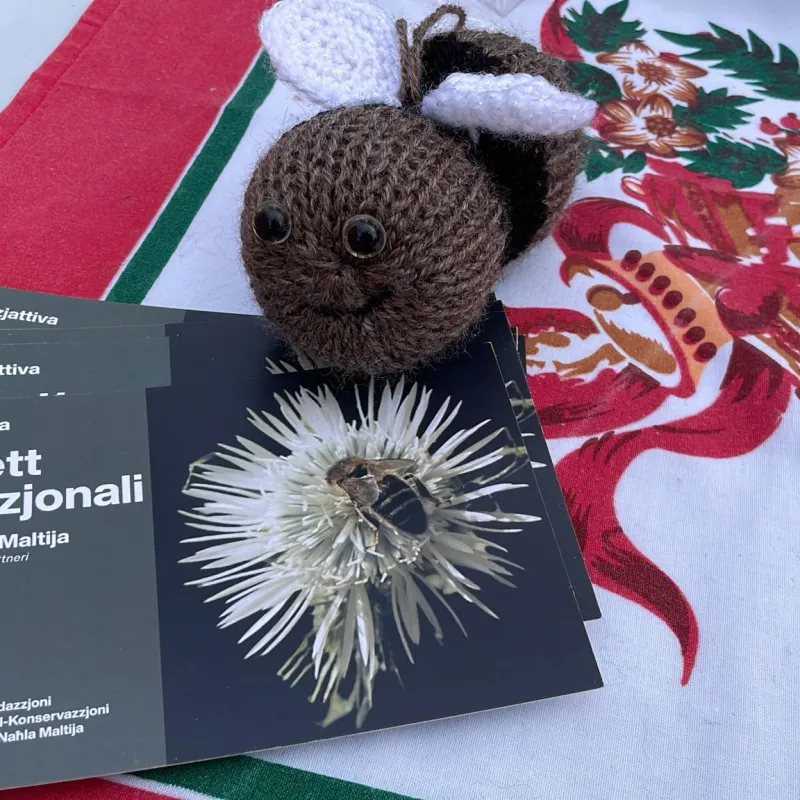



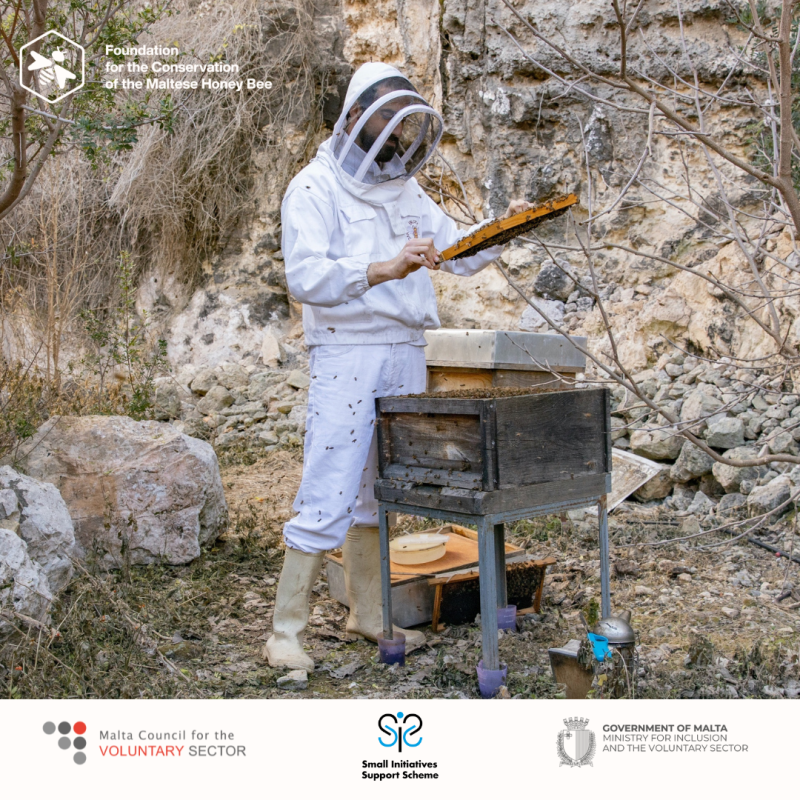
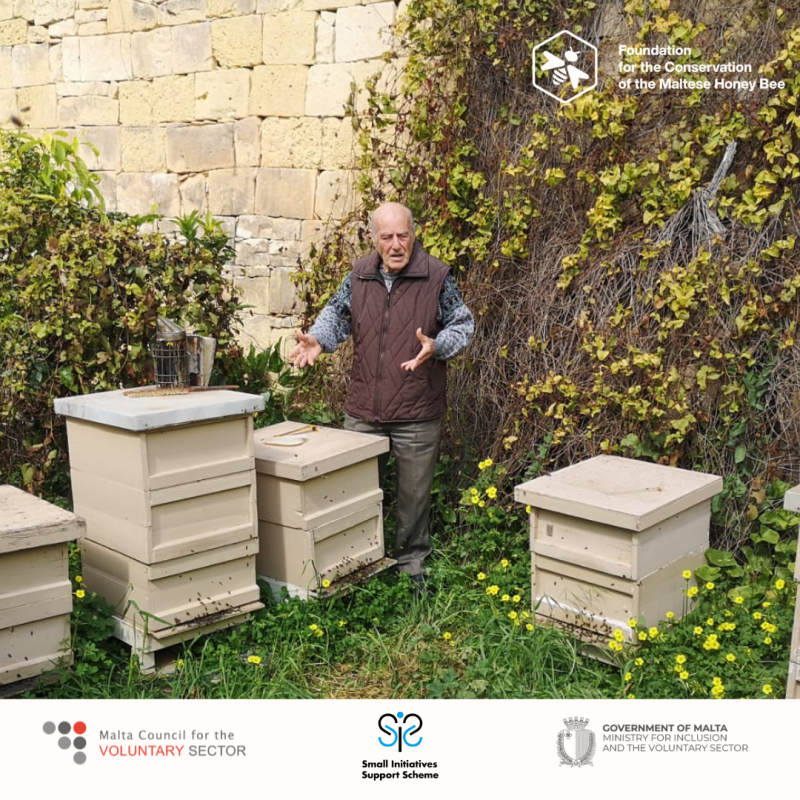
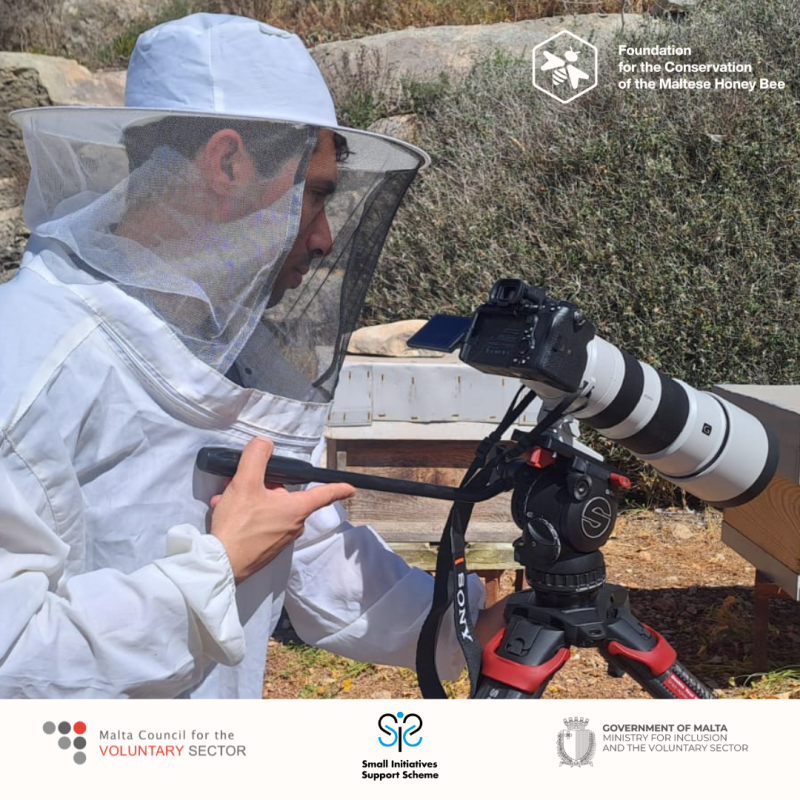

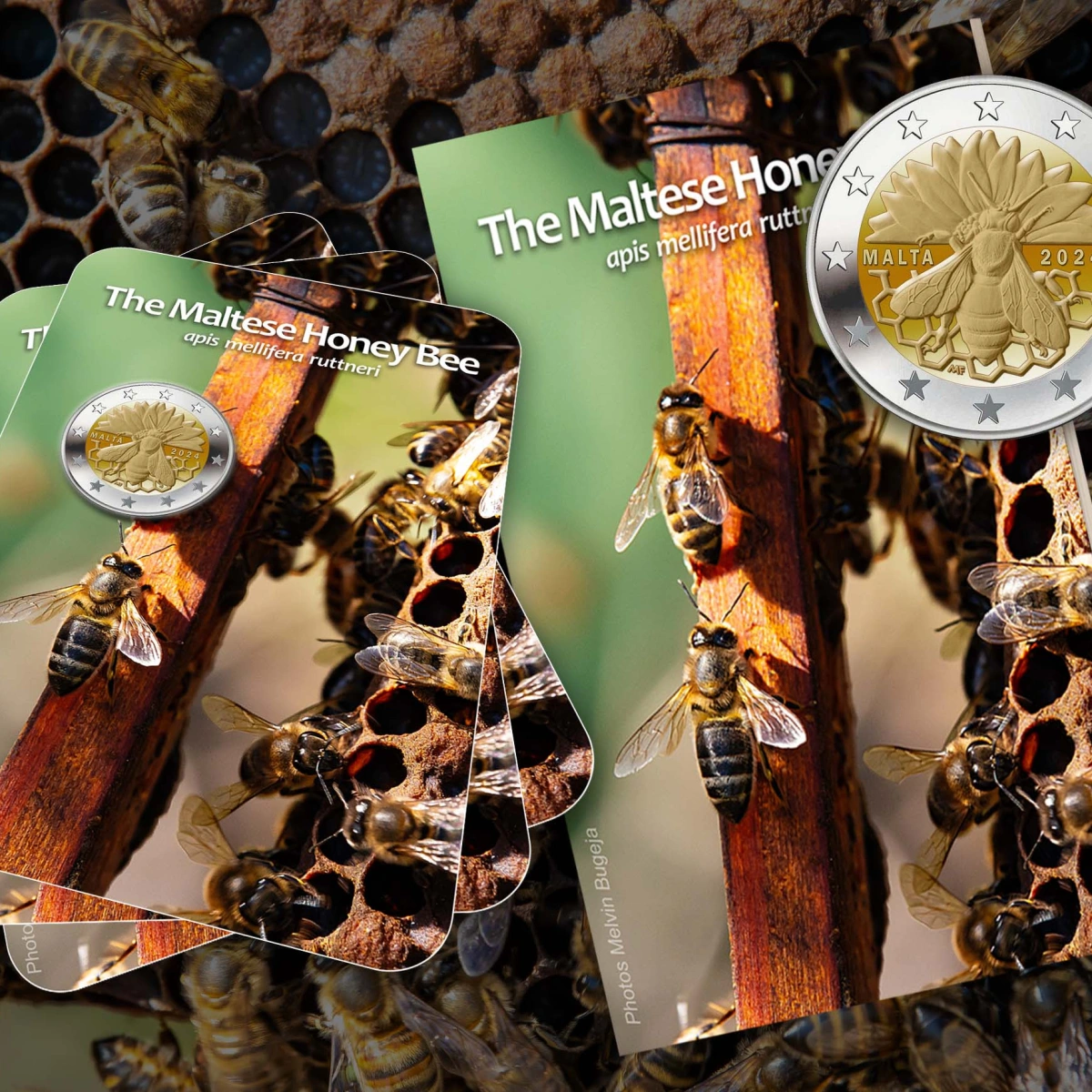
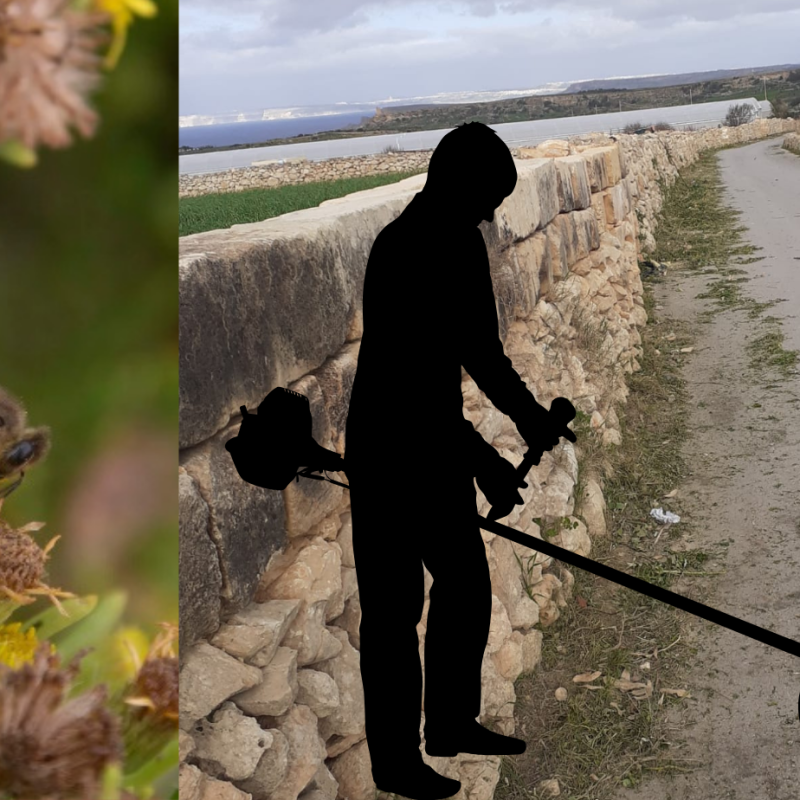
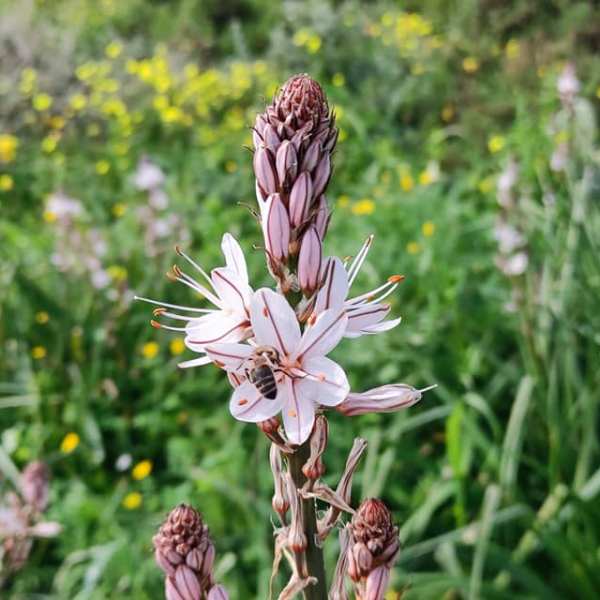

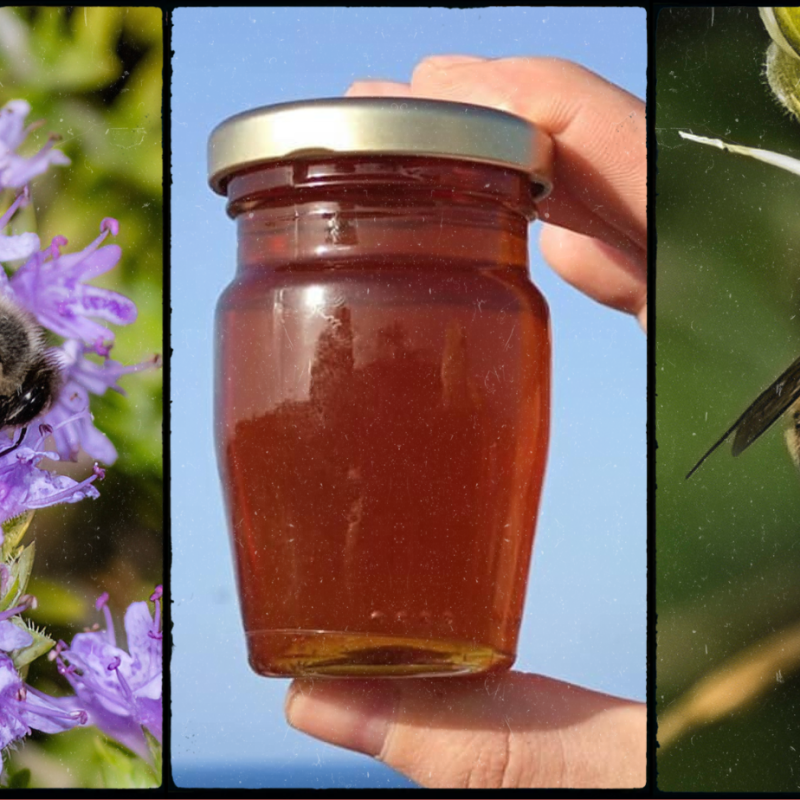
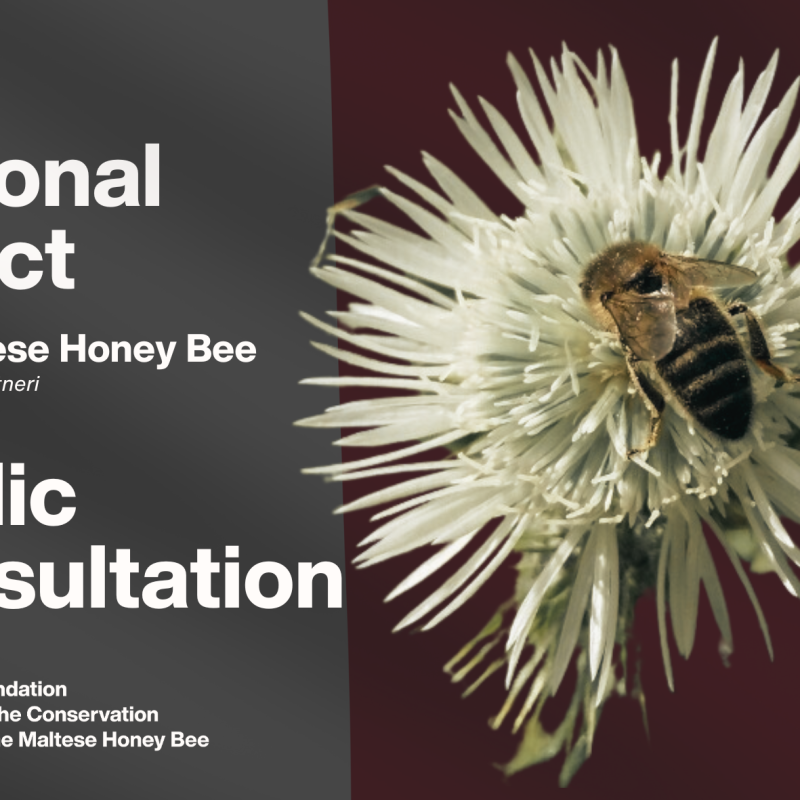
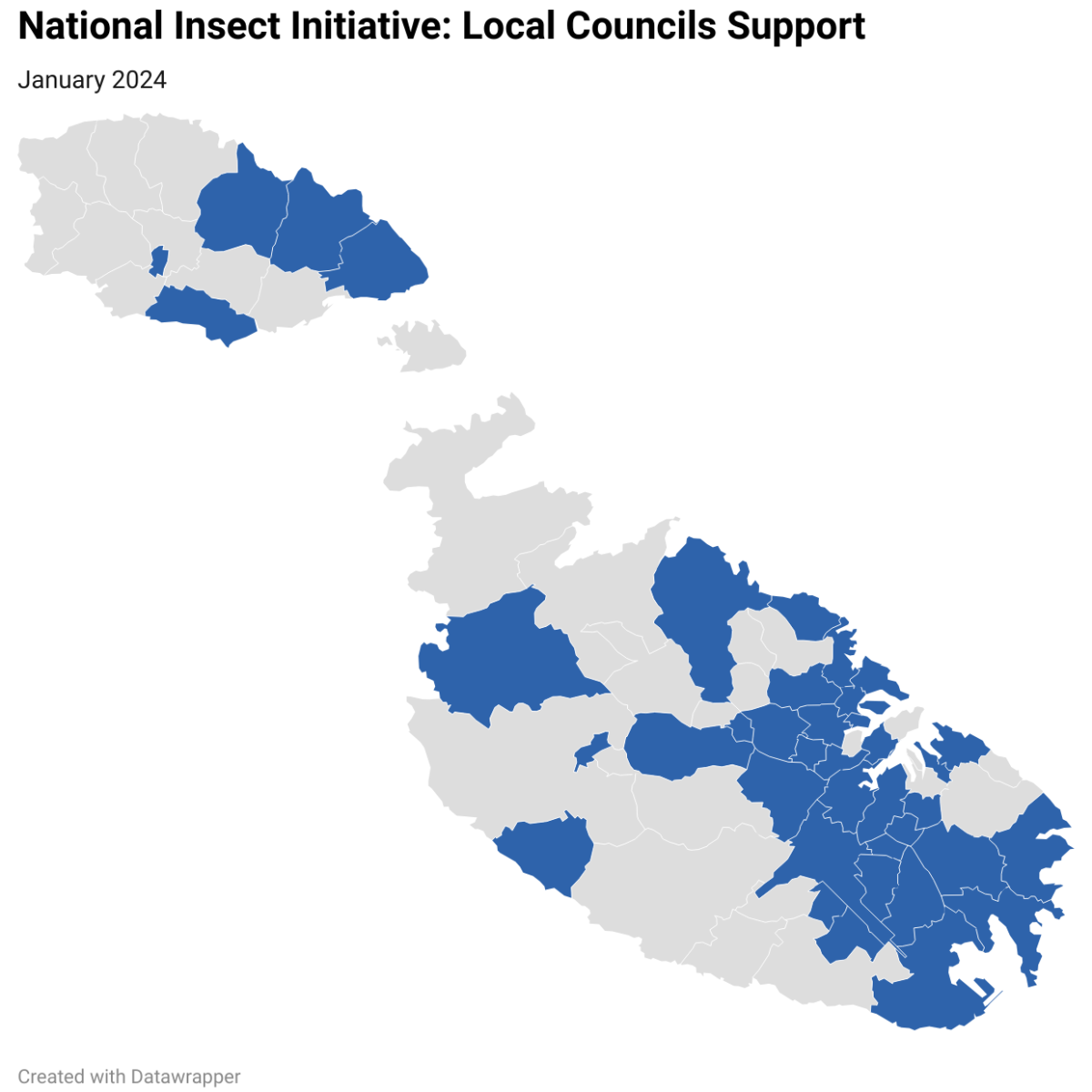
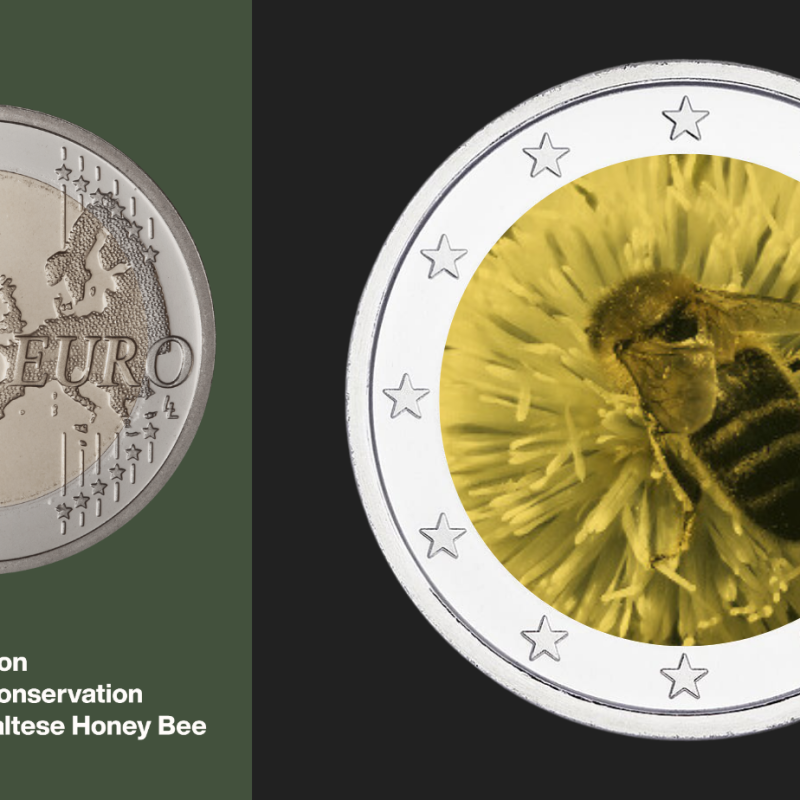
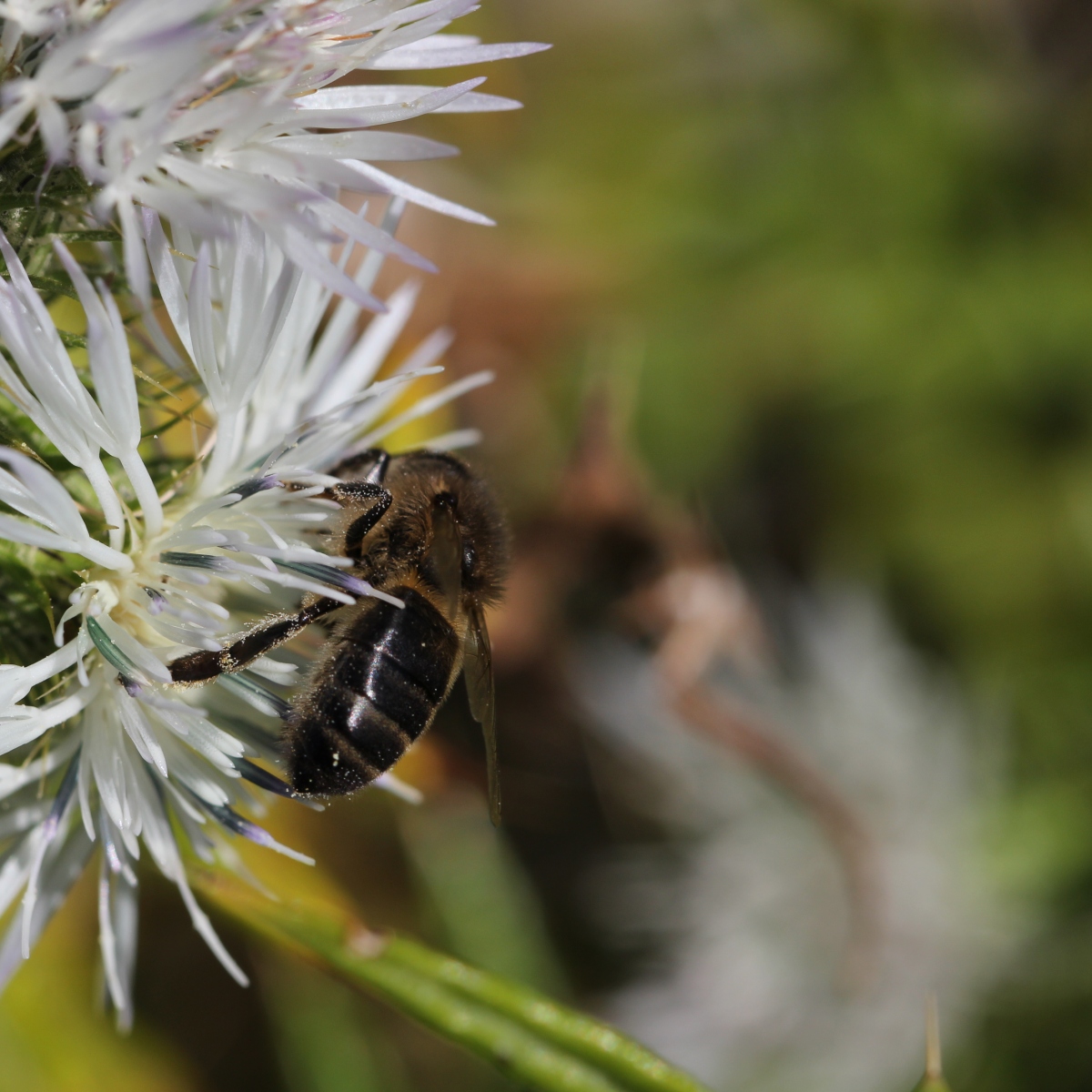
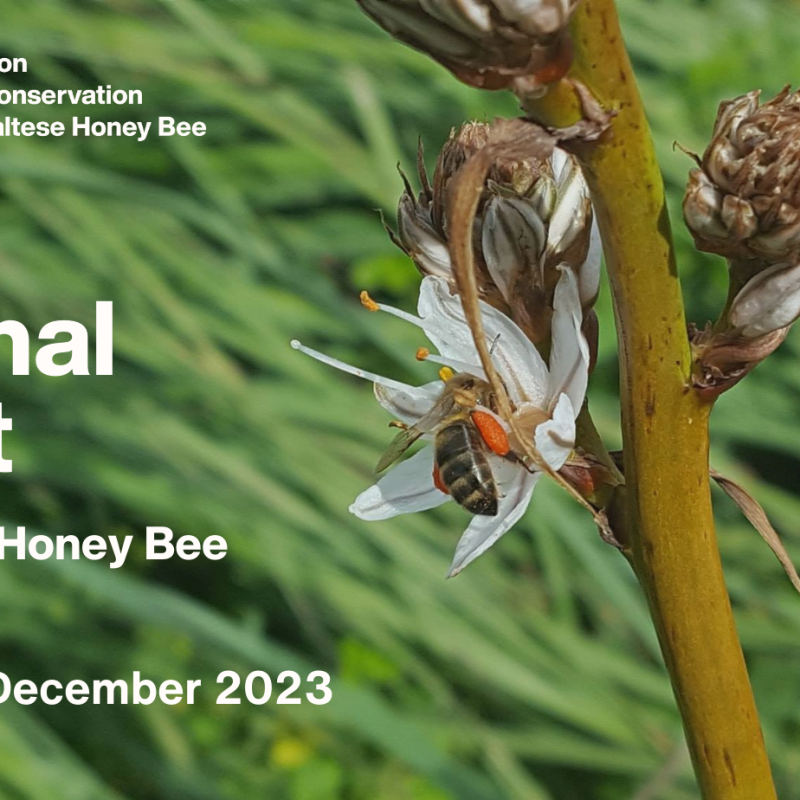
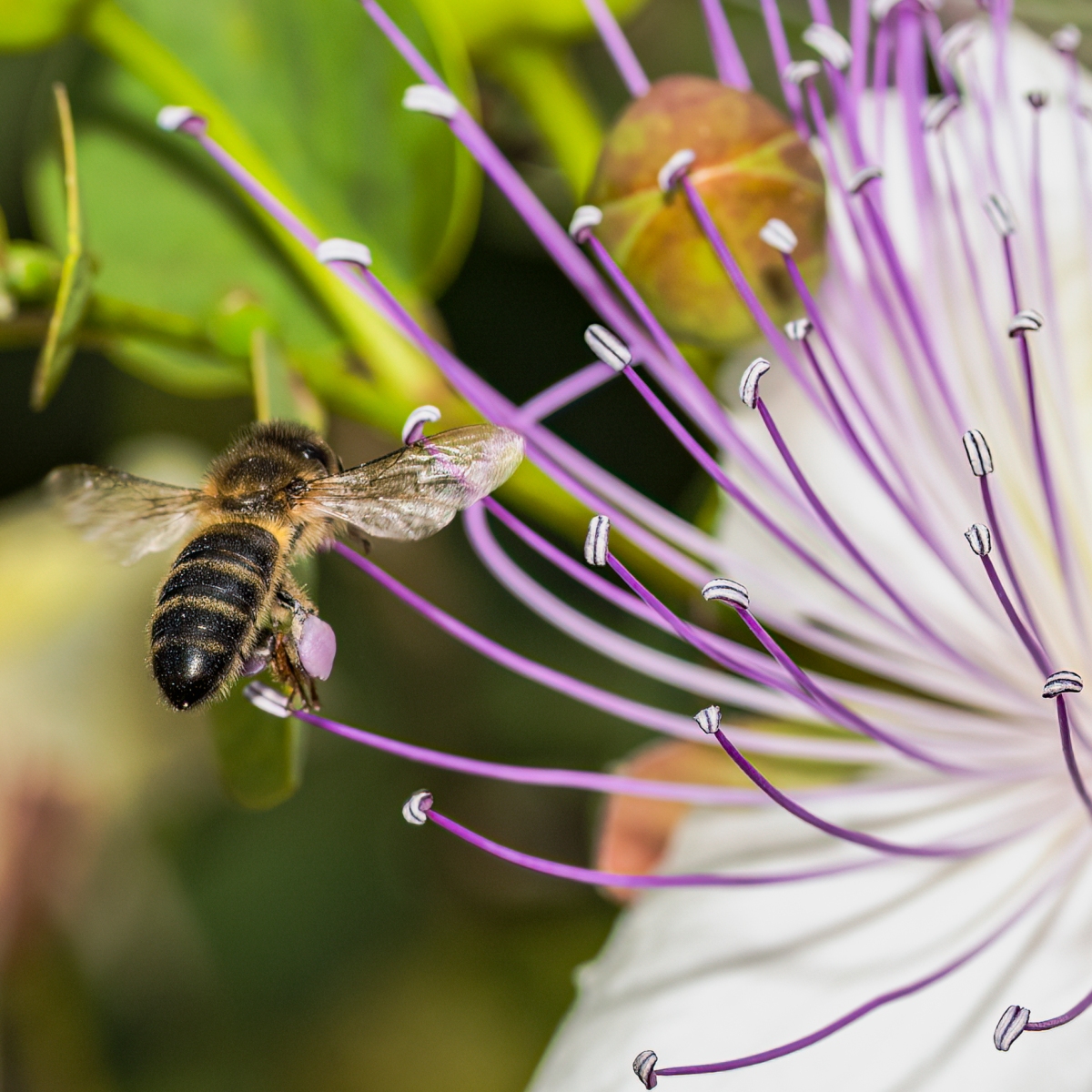
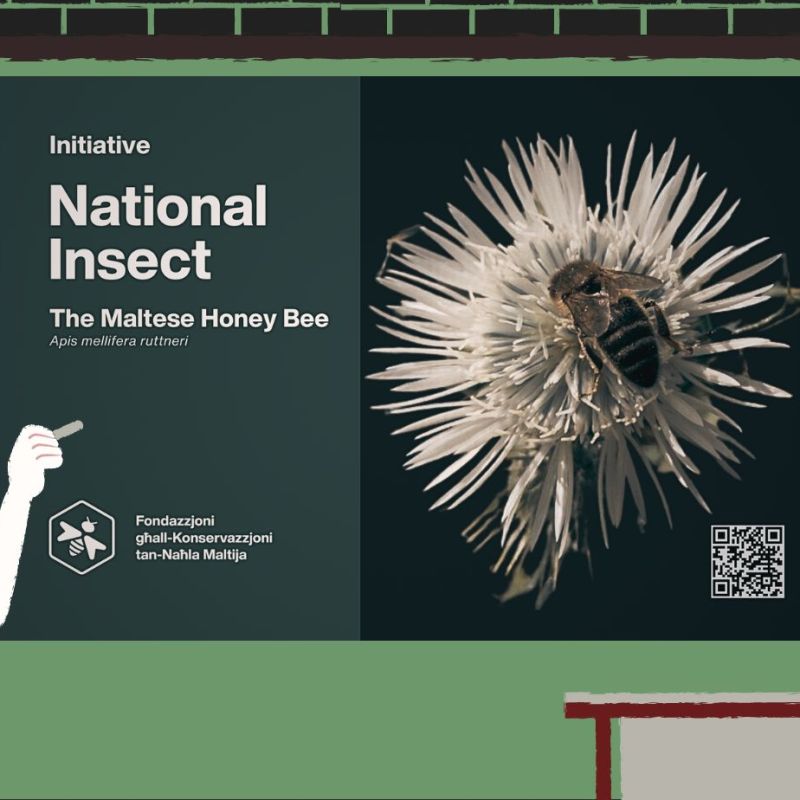
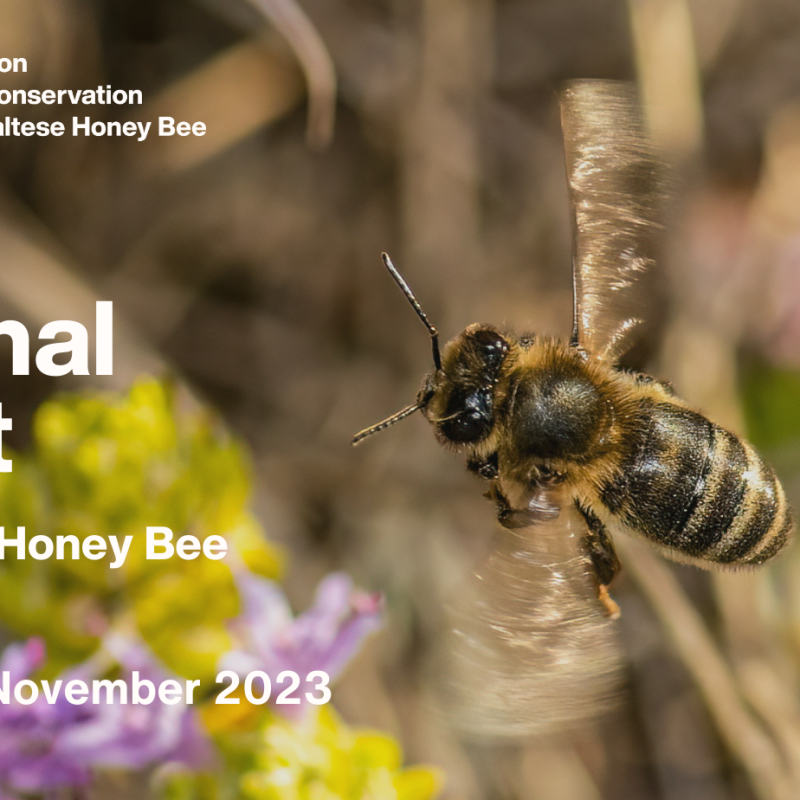
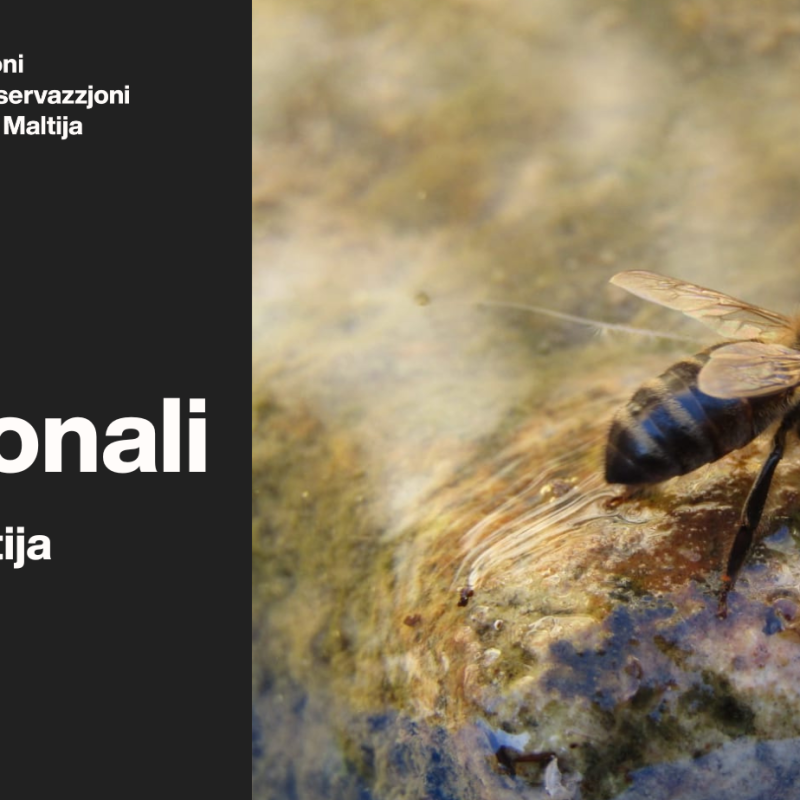


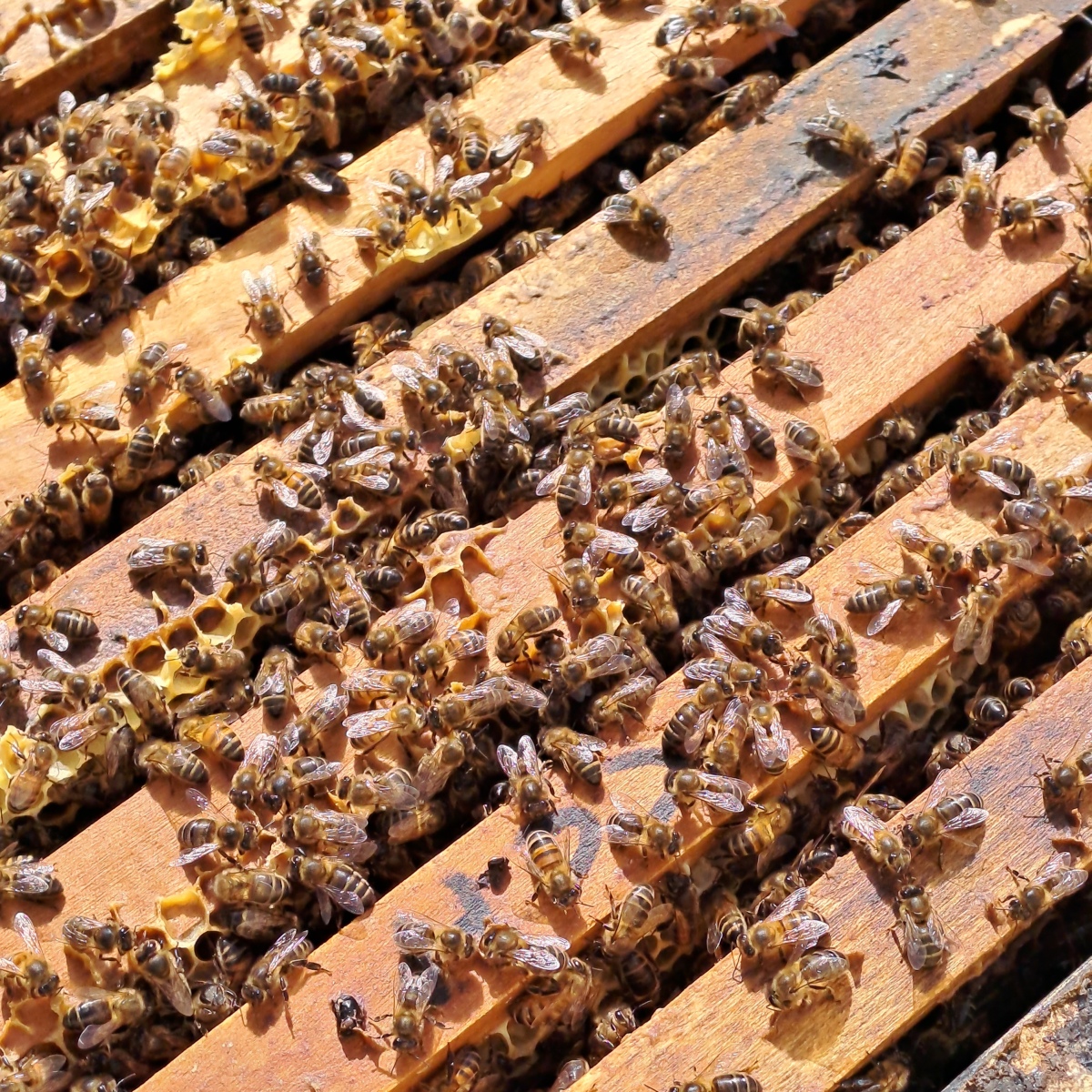
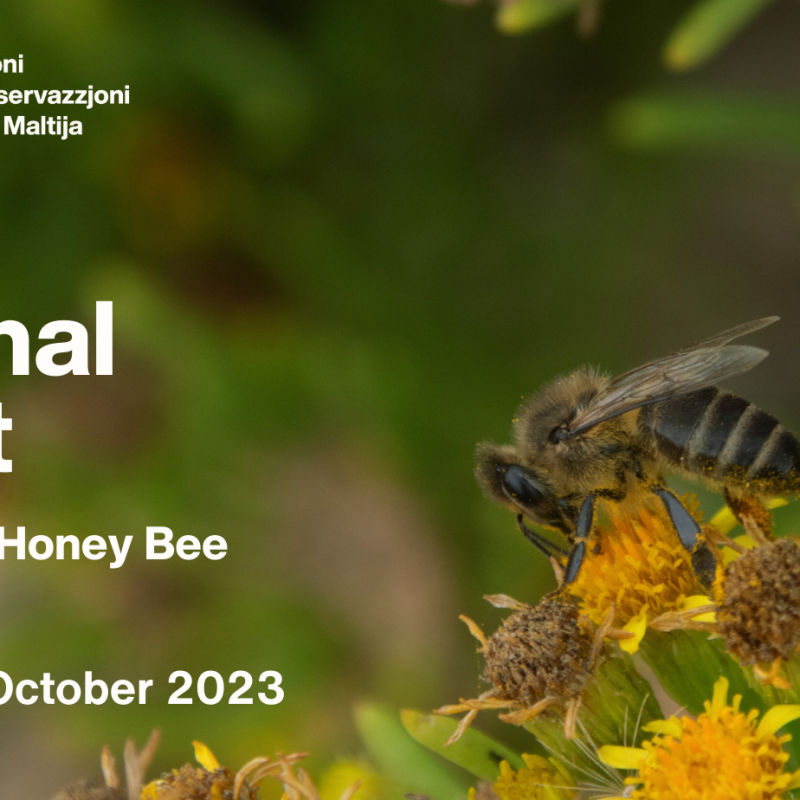
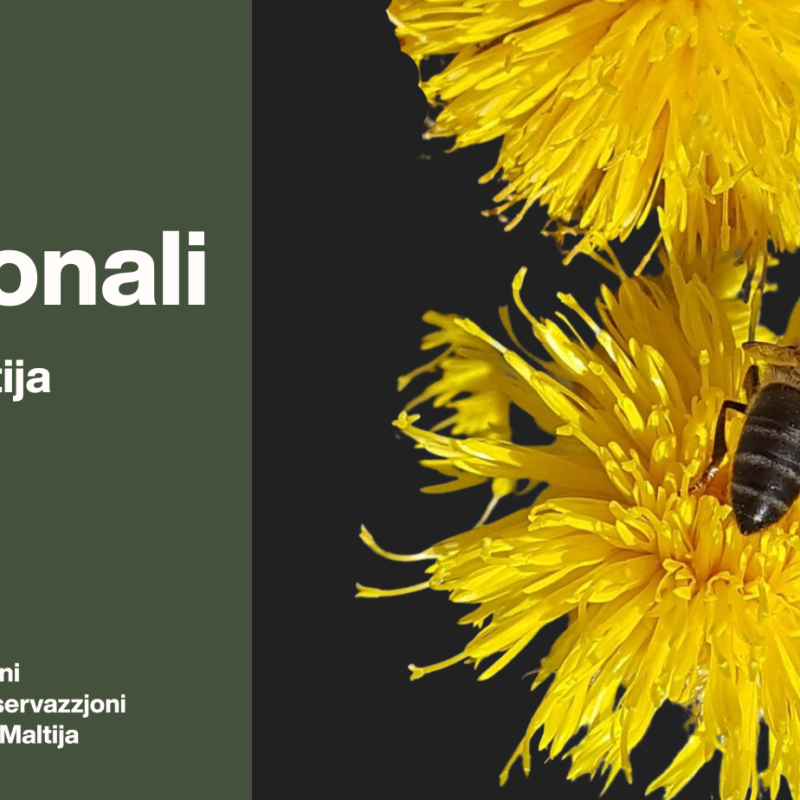
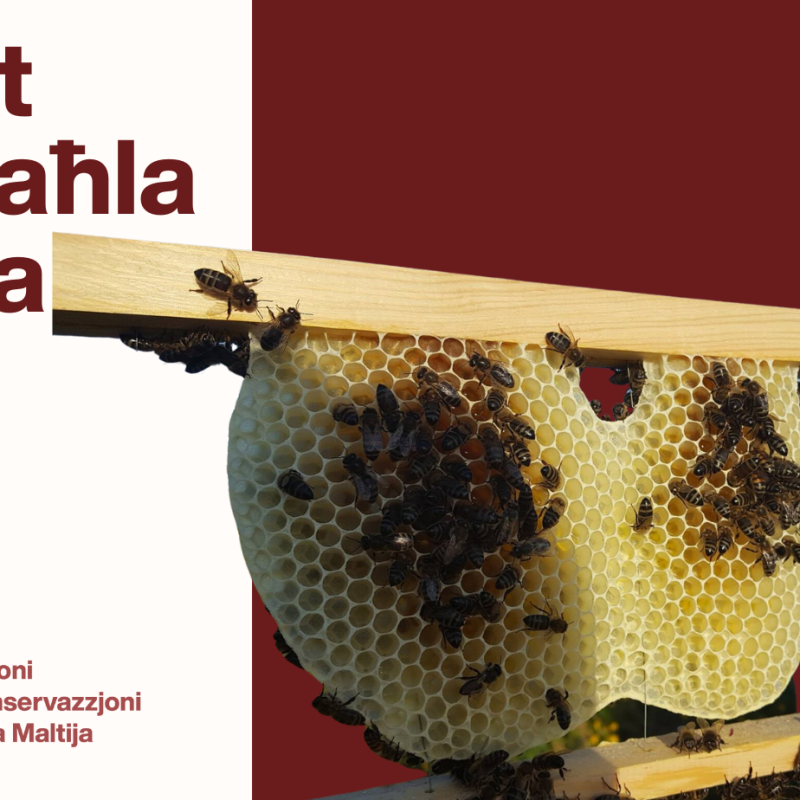
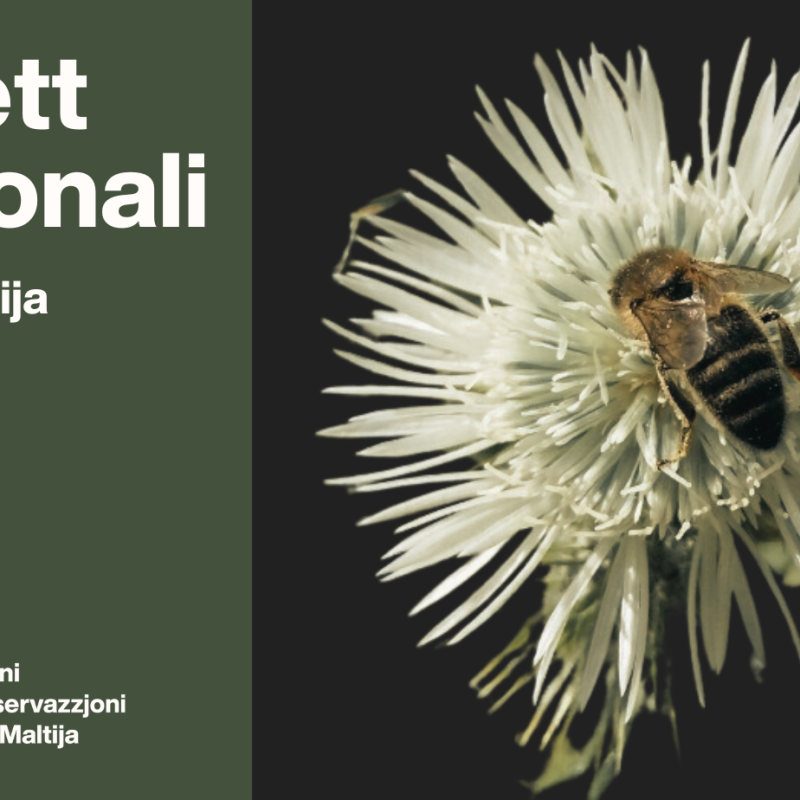
Leave a comment